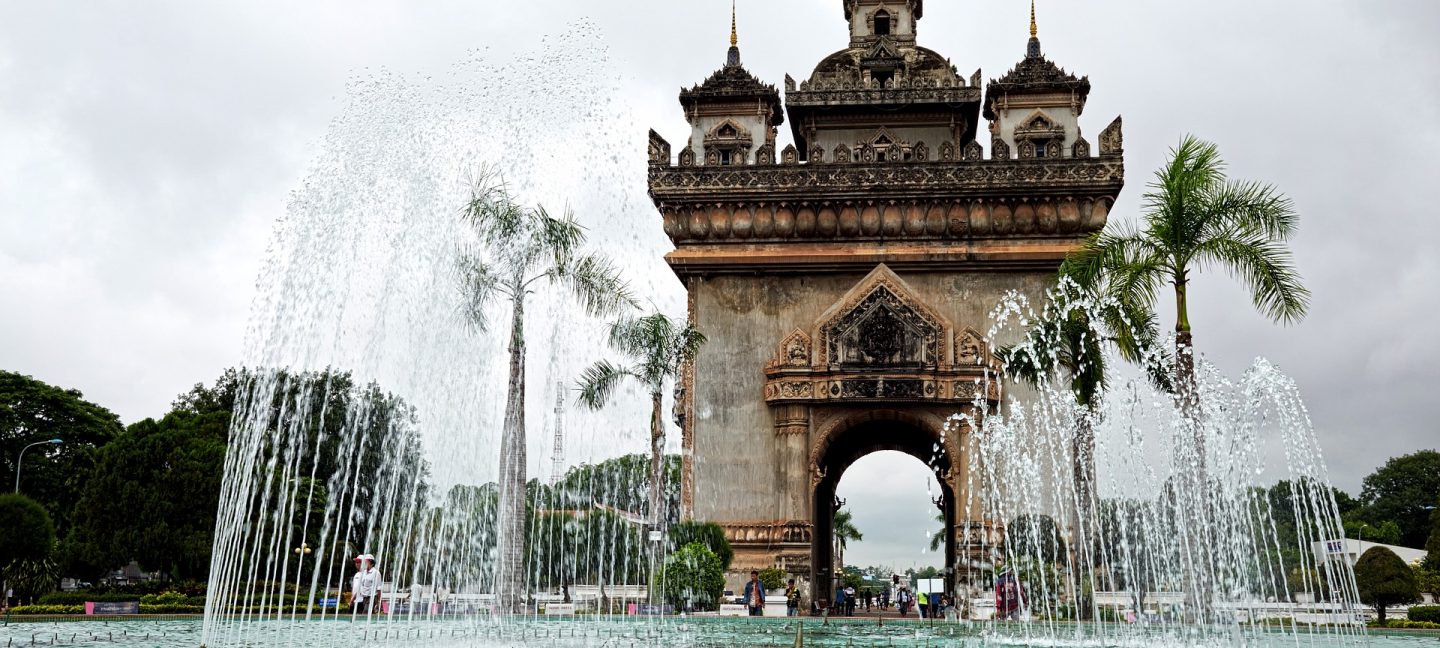Quick facts
- Full name: Lao People’s Democratic Republic
- Capital: Vientiane
- Largest city: Vientiane
- Official language: Lao
- Area: 237,955 km2
- Population: 6,758,353 (2016)
- Currency: Kip (LAK) 1 (LAK) = 100 att
- Foreign tourists: 3.3 million (2016)
- Travel risks and hazards: Petty crime.
Laos, known as the “Land of a Million Elephants,” is a landlocked country in Southeast Asia. The elephant symbolizes the ancient kingdom of Lan Xang and is sacred to the Lao people, who believe it will bring prosperity to their country. Most of the Lao attractions consist of outdoor activities. Laos has beautiful landscapes and countless amounts of Wats spread throughout the country.
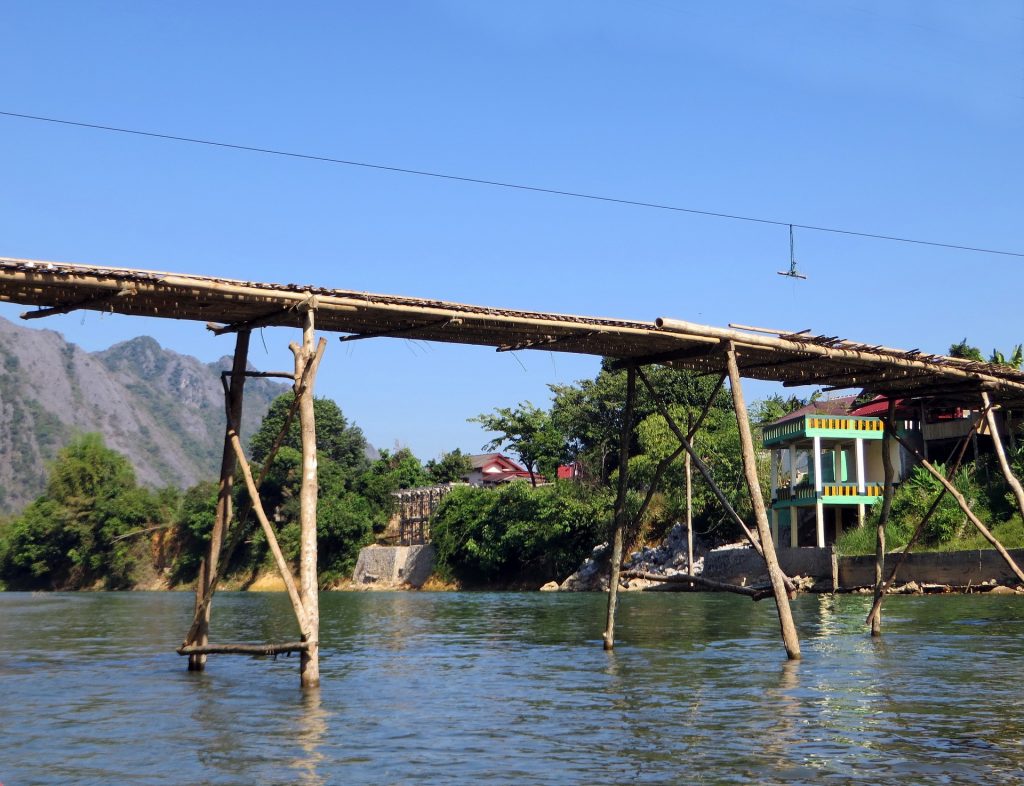
Traveling info
All visitors entering Laos must possess valid passports. Visas can be obtained from Lao Embassies and Consulates abroad. In addition, visas can also be obtained on arrival at the international checkpoint. Tourists who wish to drive a rental vehicle or a private vehicle in Laos must either obtain a Lao driving license for which every tourist has to take a test or a temporary Lao driving license which is basically a transcription of a foreign driving document.
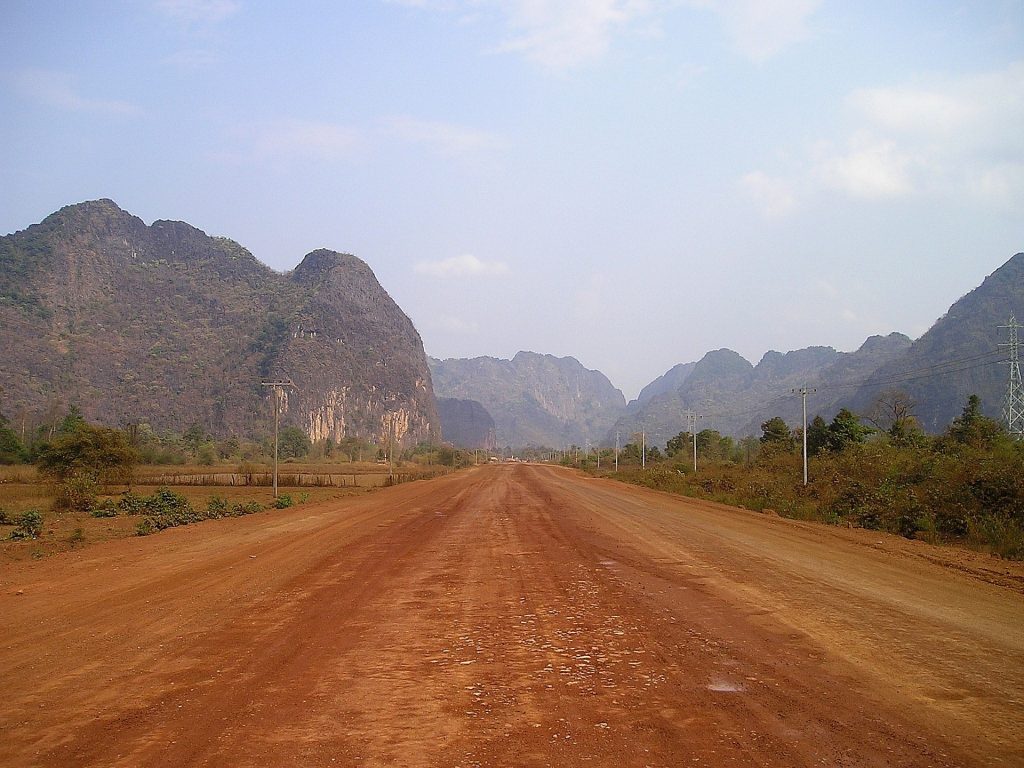
Traveling hazards
Traffic in Laos is chaotic, and road conditions are very rough. Few roads have lane markings. Where lane markings, road signs, and stop lights do exist, they are widely ignored. Many drivers are unlicensed, inexperienced, and uninsured. Driving under the influence of alcohol or illegal drugs is not uncommon, and penalties for such offenses may not be enforced. Theoretically, traffic moves on the right, but vehicles use all parts of the road. Motorcyclists pay little or no heed to cars. Motorcycles carry as many as five people, greatly impeding the drivers’ ability to react to traffic. The evening hours are particularly dangerous. Road construction sites are poorly marked, appear with no advance warning, and can be difficult to see at night. Roads are poorly lit, many vehicles have no operating lights, few bicycles have reflectors, and trucks without reflectors commonly park on unlit roads.
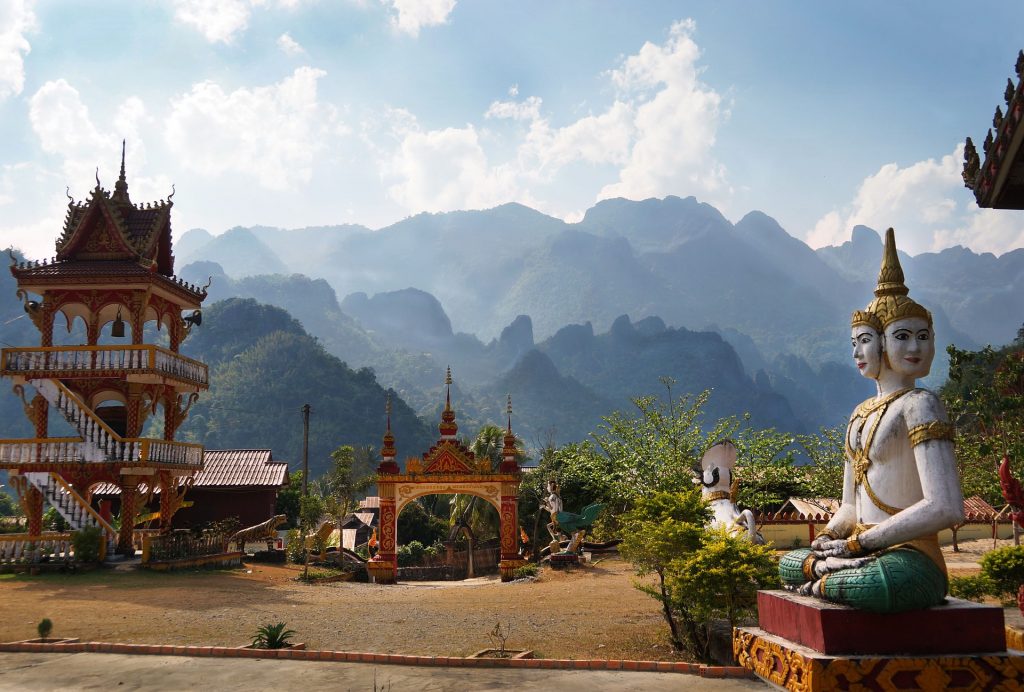
Environmental hazards
Laos is a densely forested country. Half a century ago over 70% of the country was covered in jungle. This has dropped to almost 50% in recent years however this means that over half of the country is covered in thick jungle. The massive scale deforestation, however, made many native species endangered and forced them to retreat from former territories. Indochinese tigers are large predators. Collectively tigers kill almost 100 people yearly across Asia. These animals should not be approached as they can easily kill a grown adult. Black Bears are also inhabiting parts of Laos and are the most dangerous of the bear species. These animals are bold in nature and are not afraid to attack intruders. There are 22 venomous snakes in Laos. Among the most dangerous are the King Cobra, Many-banded krait and several pitvipers. These snakes are all lethally venomous. Venomous spiders are present in Laos however stumbling upon one is rather unusual. If you are an arachnophobe than Laos is not the place to go, as large (non-venomous) spiders are an everyday sight, even in hotels. Laos is a landlocked country however swimming is quite popular. Also, be aware that Laotians are still fairly conservative about showing skin, and prancing around in wet undergarments is not really the best way to show etiquette. Finally, don’t go for a night-time swim in the Mekong, as it’s guarded after sundown to prevent illegal migration between Laos and Thailand.
As a landlocked country, Laos typically suffers less from the variety of natural disasters experienced elsewhere in Southeast Asia. The most significant threat is the potential for flooding in the Mekong River Basin. The majority of the population base lives within the river basin and is affected by any significant river flooding.
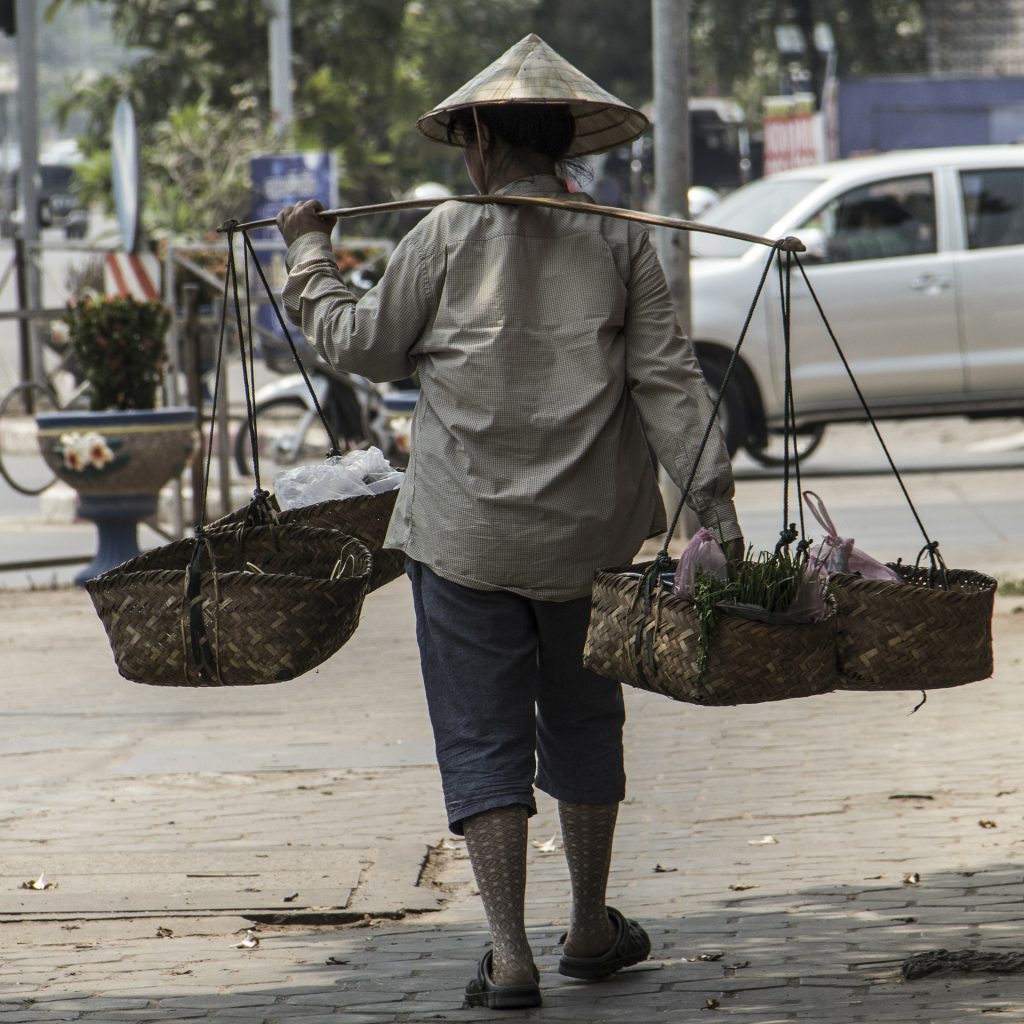
Health hazards
There is no risk of yellow fever in Laos. The government of Laos requires proof of yellow fever vaccination only if you are arriving from a country with risk of yellow fever. There are several other vaccinations which are not required but recommended. These are the routine vaccines aka MMR vaccines, typhoid, Hepatitis A and B, rabies and Japanese encephalitis. Unfortunately, there is no vaccination against malaria however there is prescribed medicine against it. The alternative way of malaria prevention is to use mosquito sprays as the disease is contracted through mosquito bites. Laotian healthcare is in a rather difficult situation. The public healthcare system is still developing. Unfortunately, local hospitals are still a “no-go” for foreigners due to their lack of the most basic equipment. Tourists instead often turn to private clinics ran by European companies. (List of modern hospitals in Laos in sources).
In case of an emergency dial 1195.
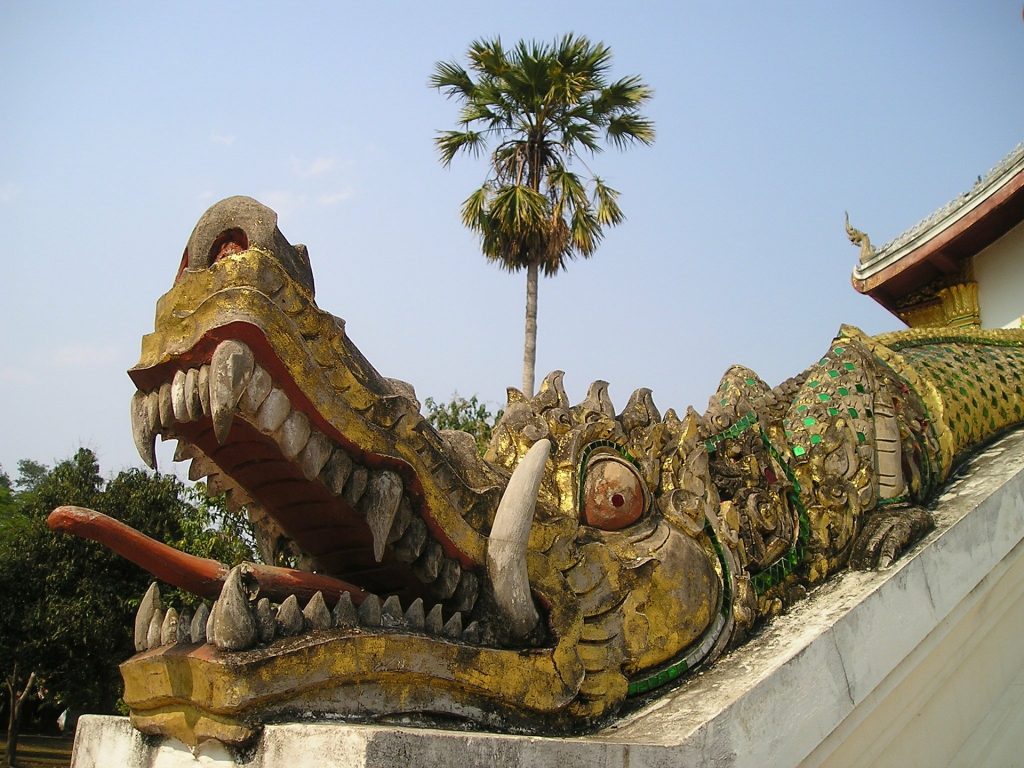
Crime
Laos is relatively safe. Petty crime does exist and foreigners are frequently targeted for crimes of opportunity. The year 2018 has seen an increase in overall crimes of opportunity and drug trafficking. Crimes committed against foreigners are usually non-confrontational crimes of opportunity. The most common type of crimes includes purse snatchings, typically committed by thieves operating on motorcycles or mopeds, pickpocketing, theft of unattended property and residential crime. Criminals generally target homes with poor security and do not limit their activities to nighttime hours. There is no terrorism risk in Laos. Drug laws in Laos are strict and mere possession may lead to a prison sentence.
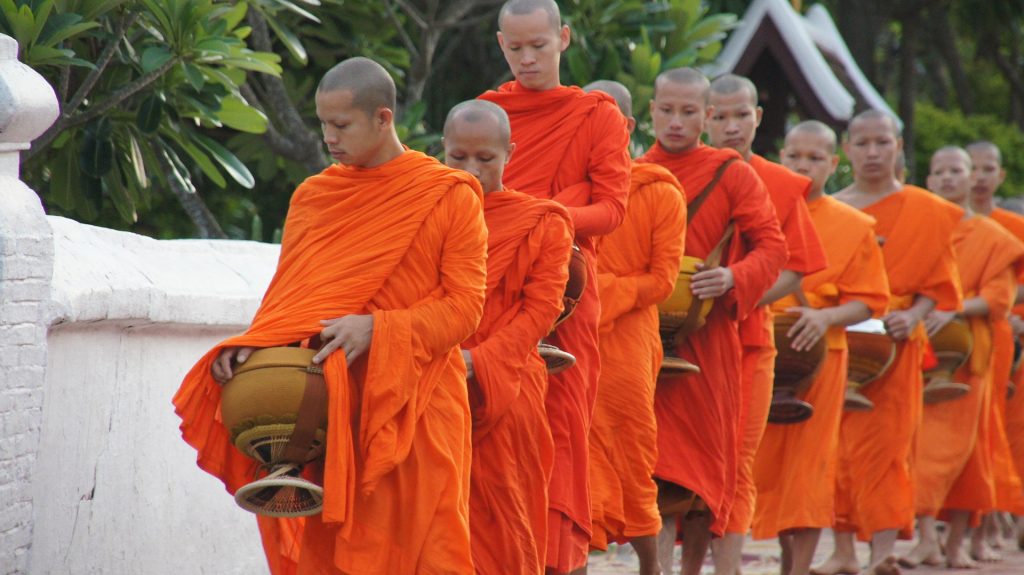
Summary
Laos is a spot for those who enjoy their time out hiking, tubing in the river Mekong or exploring centuries-old Wats. The diverse culture of Laos, amazing food and many different attractions will certainly provide an excellent holiday. Remember that planning your trip with Travset.com will give you the quickest information about nearest emergency services and will also help you purchase indispensable travel insurance for the trip of your lifetime. Please feel free to comment and share the experiences of your travels with Travset.com.
Sources
(Visa)
http://www.tourismlaos.org/show.php?Cont_ID=35
(Vaccinations)
https://wwwnc.cdc.gov/travel/destinations/traveler/none/laos



